Here we will address several important differences between standard polycarbonate sheets, most often used for outdoor shading and roofing applications, and the Danpalon multicell panel. A Danpal derived, high-performance version, which is designed for use in a complete panel solution for the entire building envelope. The development of the Danpalon panel has since lead to its inclusion within fully famed Danpal systems, each uniquely tailored for a variety of architectural applications.
Polycarbonate Sheets
Polycarbonate sheets have often been traditionally sought after, for building projects where the specific requirements have been heavily in favour of a lightweight, translucent, cost-effective yet durable building material. In the past, when used for this purpose, simple corrugated or even twin wall panels have been the go-to solution. This is no longer considered to be best practice, as these sheet types have been shown to be incapable of withstanding the long-term effects of harsh UV rays.
Times have since changed, and today’s building projects are demanding better performance of their materials in all aspects. Fortunately, our Danpalon Multicell polycarbonate sheets were developed exactly for this purpose. To provide the industry with a higher standard panel system, which exceeded all of the current specifications in the market, at the time.
Danpal and Danpalon Panel
Over 30 years ago, Danpal produced the world’s first patented standing seam multicell Danpalon panel. This was a game-changer for the marketplace, as our panels could now offer all the benefits of traditional polycarbonate sheets, but also offered all the additional benefits of a dry mechanical sealed, weather-proof system.
The evolution from simple monolithic polycarbonate sheets, to our patented Danpalon panel, brought about several changes to a number of key attributes. This went on to define the performance of lightweight translucent glazing, found in buildings projects today. These crucial key features refer to the panel’s longevity, safety, thermal performance, strength, specificity, and aesthetics.
The term ‘multicell, is derived from the multiple fluted layers that constitute the structure of the panel itself. These 3.5mm channels give our Danpalon panel its immense strength and rigidity, which is unmatched by standard corrugated sheets or by industry-standard twin-wall panels. This feature also ensures that our Danpalon panel provides superior U-Values, which can be comparable to much costlier double or triple glazing glass-based options.
Danpal offers its panels in a variety of colours and finishes that can also be tailored to the needs of each specific project. This important manufacturing ability of ours, allows Danpal to provide panels with architecturally specific finishes that comply with the design concept originally intended. A key attribute, which contributes to achieving the overall aesthetics envisioned by the architect’s design.
Each Danpalon panel can also be produced with thermal performance in mind. This means that we can provide panels with a variety of co-extruded finishes such as Low-E, SoftLite or that are Reflective in nature. These performance options drastically reduce heat gain, a problem, which has often been associated with other translucent glazing panel solutions, found within the market.
Difference Between standard polycarbonate sheets and our Danpalon Panels
The difference between standard polycarbonate sheets and our Danpalon Panel system does not end there. Danpal not only pioneered the original dry-glazed standing seam system but has since gone on to produce solution-specific systems for the architectural marketplace. This range of systems provides solutions for cladding, facades, skylights, shading, interiors, and roofing.
We have successfully integrated our Danpalon panels into fully-framed, weatherproof systems which offer the architect freedom of creative design, still considered to be new in the industry. Whether it be the need for an organic shaped lightweight translucent roof or thermally insulating opaque cladding on an existing building, there is a suitable Danpal solution.
Danpal takes the quality and performance of its systems seriously, and in doing so, has achieved ISO 9001 and ISO 14001 certification. Our production facilities are where all our Danpalon multicell panel-based systems are manufactured, are also company operated. This is part of the key to Danpal’s success in overall quality control. We also ‘hot-stamp each Danpalon panel produced with a unique identification code. This enables us to test each production run and to track projects over time.
The comparison between standard polycarbonate sheets and a Danpalon Multicell panel highlights the vast difference between what was and what is. In a world where green building performance and safety regulations are taking precedence. Clearly, the Danpalon panel is the future of lightweight translucent panel-based systems. We like to call this ‘Light Architecture’, designing and building with natural daylight in mind.

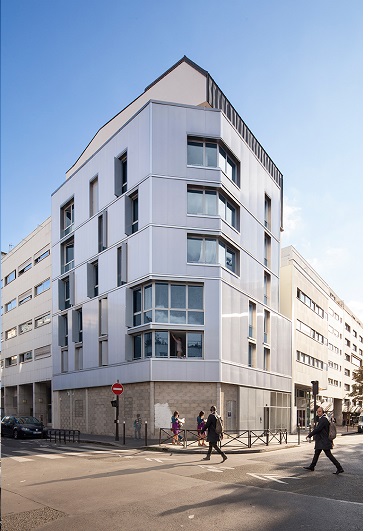 GREEN BUILDINGS AND THE DANPAL MOTTO
GREEN BUILDINGS AND THE DANPAL MOTTO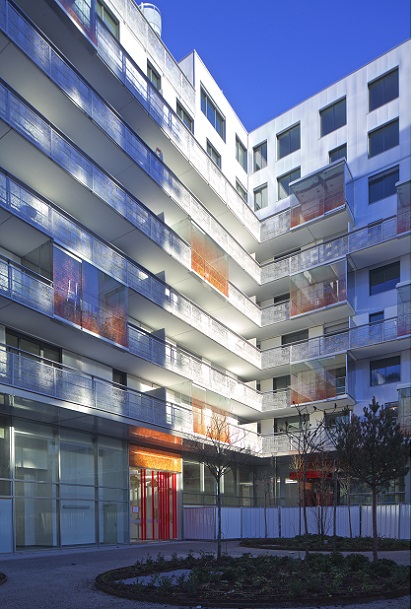 STRUCTURAL DAMAGE FROM WEATHER
STRUCTURAL DAMAGE FROM WEATHER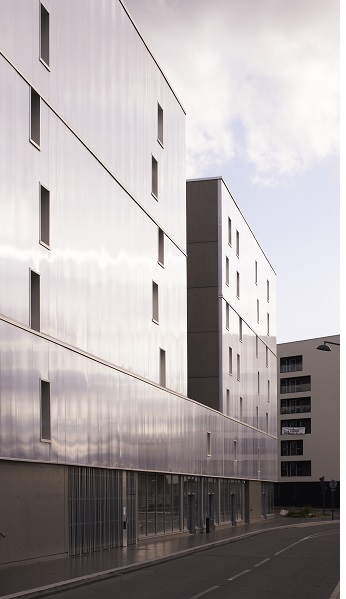
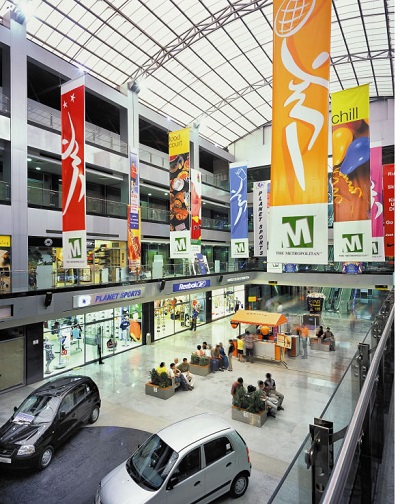 As an international
As an international 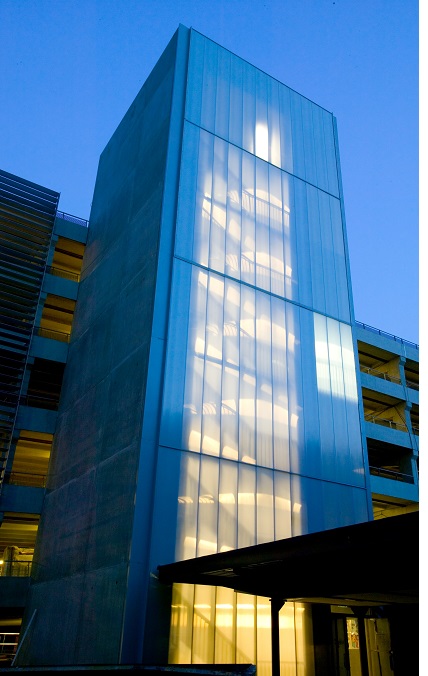 THE FUNCTIONS OF FACADES
THE FUNCTIONS OF FACADES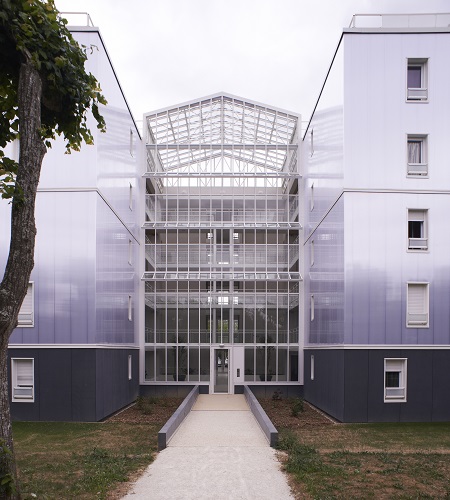 MICROCELL POLYCARBONATE SHEETS MAKE YOUR CLADDING STRONG
MICROCELL POLYCARBONATE SHEETS MAKE YOUR CLADDING STRONG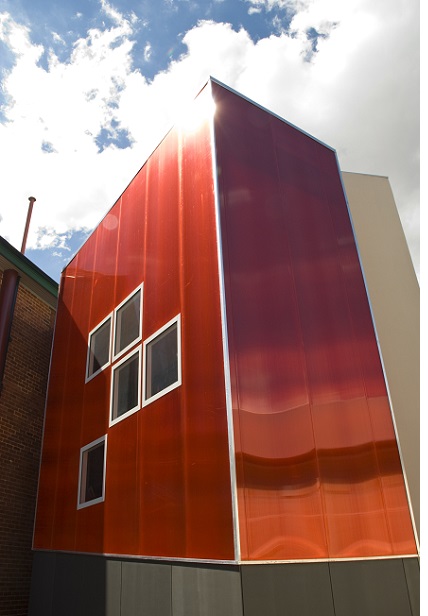 RESOURCE EFFICIENCY AS PART OF THE GREEN BUILDING LIFESTYLE
RESOURCE EFFICIENCY AS PART OF THE GREEN BUILDING LIFESTYLE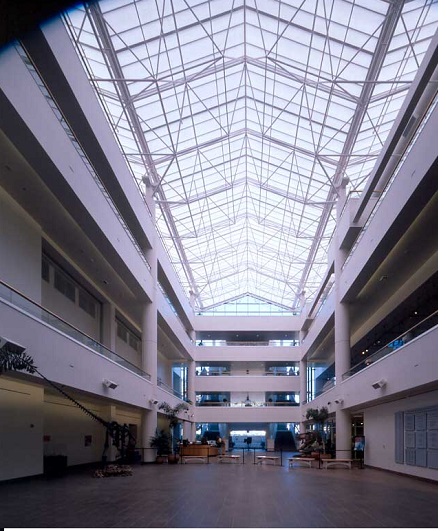
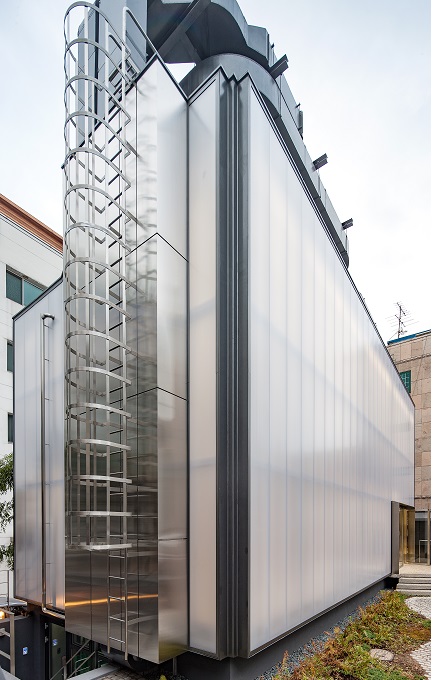 NOT JUST A PRETTY FAÇADE
NOT JUST A PRETTY FAÇADE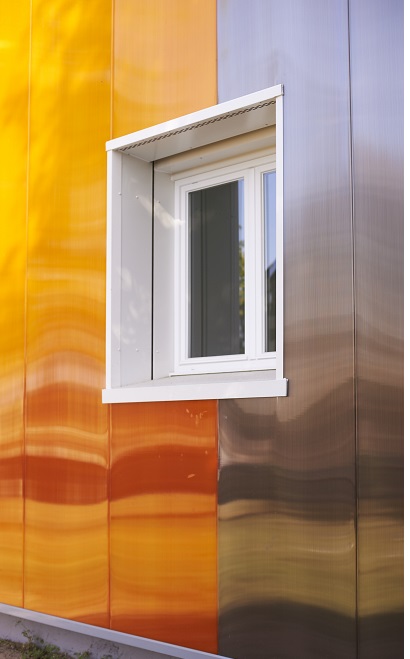
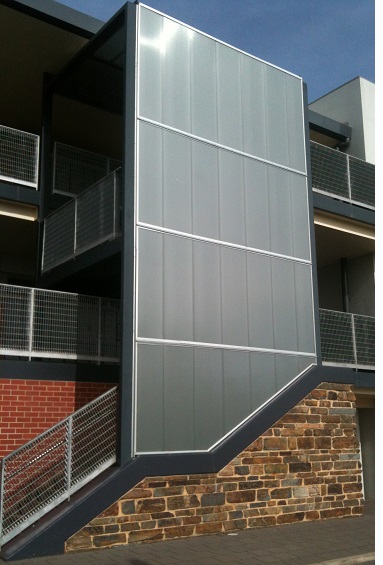 WORKING WITH POLYCARBONATE SHEETS
WORKING WITH POLYCARBONATE SHEETS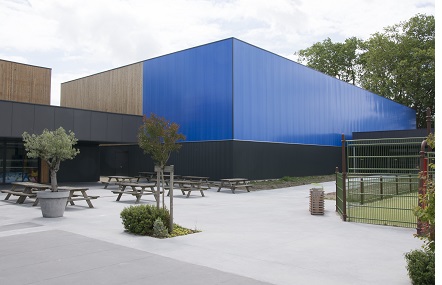 FAÇADE PROTECTION AGAINST WEATHER
FAÇADE PROTECTION AGAINST WEATHER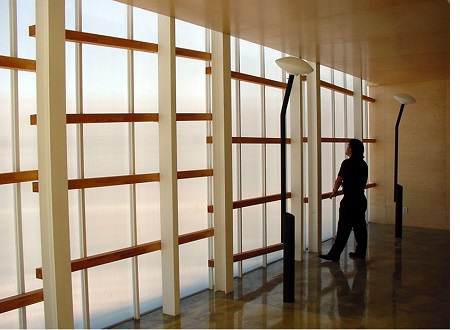 SELECTING GREEN BUILDING MATERIALS
SELECTING GREEN BUILDING MATERIALS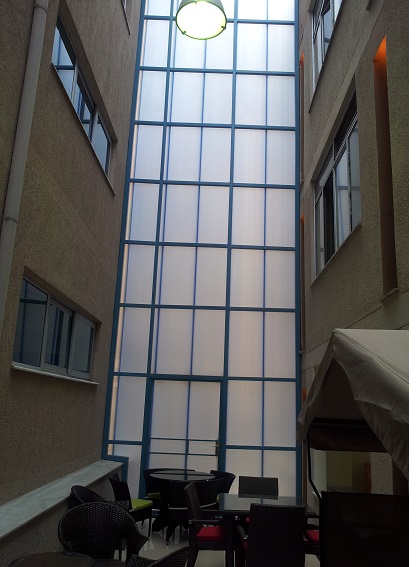
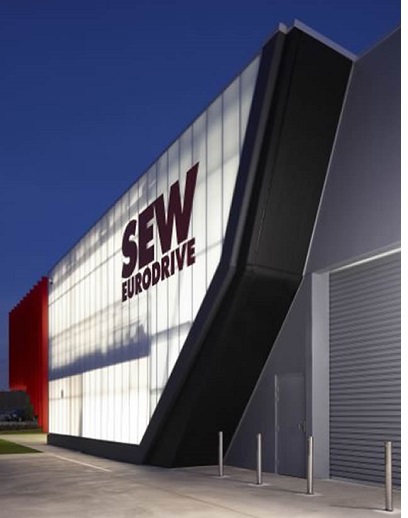 Facades Can Handle The Light
Facades Can Handle The Light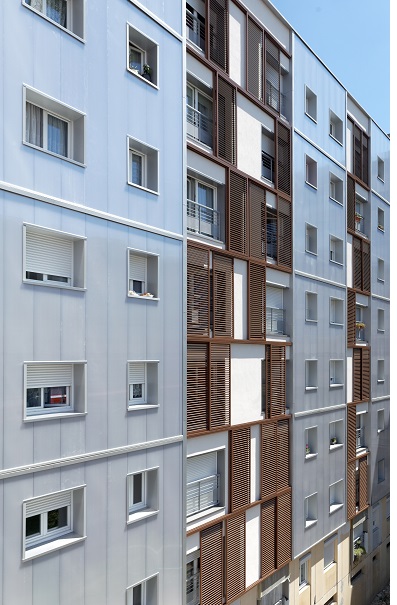 Why Does Insulation Have To Be Protected By Wall Cladding?
Why Does Insulation Have To Be Protected By Wall Cladding?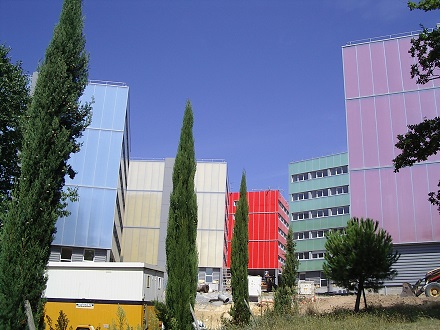 Polycarbonate Sheets Deliver Flexibility
Polycarbonate Sheets Deliver Flexibility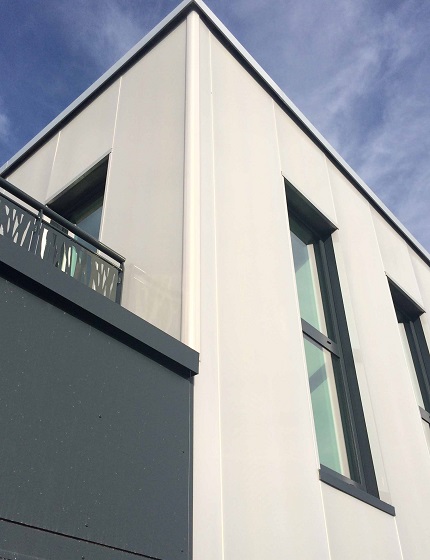 The Formula For Wall Cladding Success
The Formula For Wall Cladding Success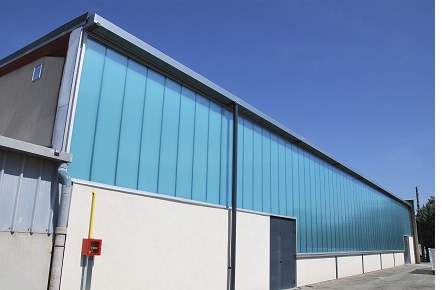 What Are Green Building Materials?
What Are Green Building Materials?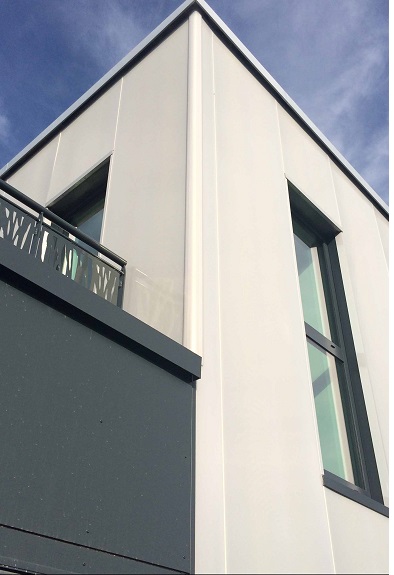 CLADDING, ENERGY EFFICIENCY AND INSULATION
CLADDING, ENERGY EFFICIENCY AND INSULATION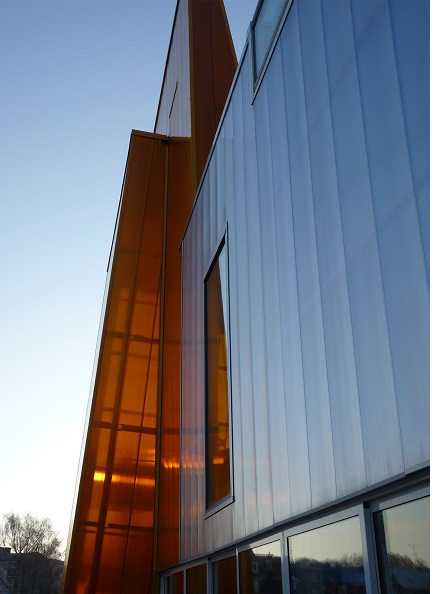 Polycarbonate Sheets Build For Today’s Market
Polycarbonate Sheets Build For Today’s Market DANPAL AND ARCHITECTURE: A GREAT GREEN PARTNERSHIP
DANPAL AND ARCHITECTURE: A GREAT GREEN PARTNERSHIP Danpal Facades Enhance Your Building’s Appearance
Danpal Facades Enhance Your Building’s Appearance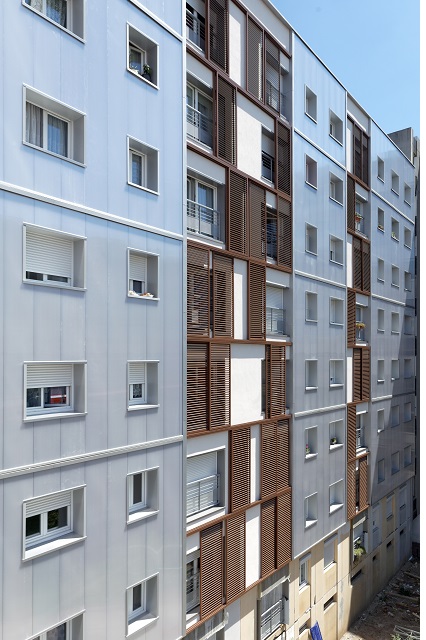 The Advantages of Danpal Cladding
The Advantages of Danpal Cladding Glass also lacks the flexibility of
Glass also lacks the flexibility of 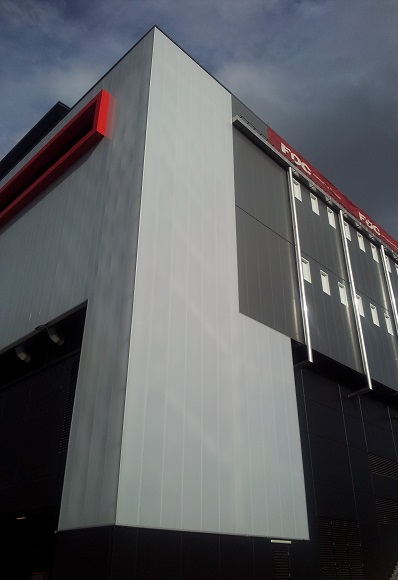 Why Wall Cladding Is Better Than Tile
Why Wall Cladding Is Better Than Tile